Streetwear is a protesting way of dressing against the status quo and certain fashion styles that represent “the establishment” by mixing and matching clothes from past fashion styles with current trends.
The clothes and accessories comprising a Streetwear outfit – t-shirt, hoodie, and sneakers, are selected for their complex cultural meanings and as a form of artistic expression, political protest, or even against the styles of the aristocratic class.
As such, a streetwear aficionado sporting a t-shirt emblazoned with a politically charged message isn’t just making a fashion statement but is also signalling allegiance to a particular ideological stance. [1]
In this article, we’ll introduce you to everything you need to know about streetwear, from the cultural and subcultural movements to the way streetwear fashion changes across fashion capitals and cultures.
What is Streetwear?
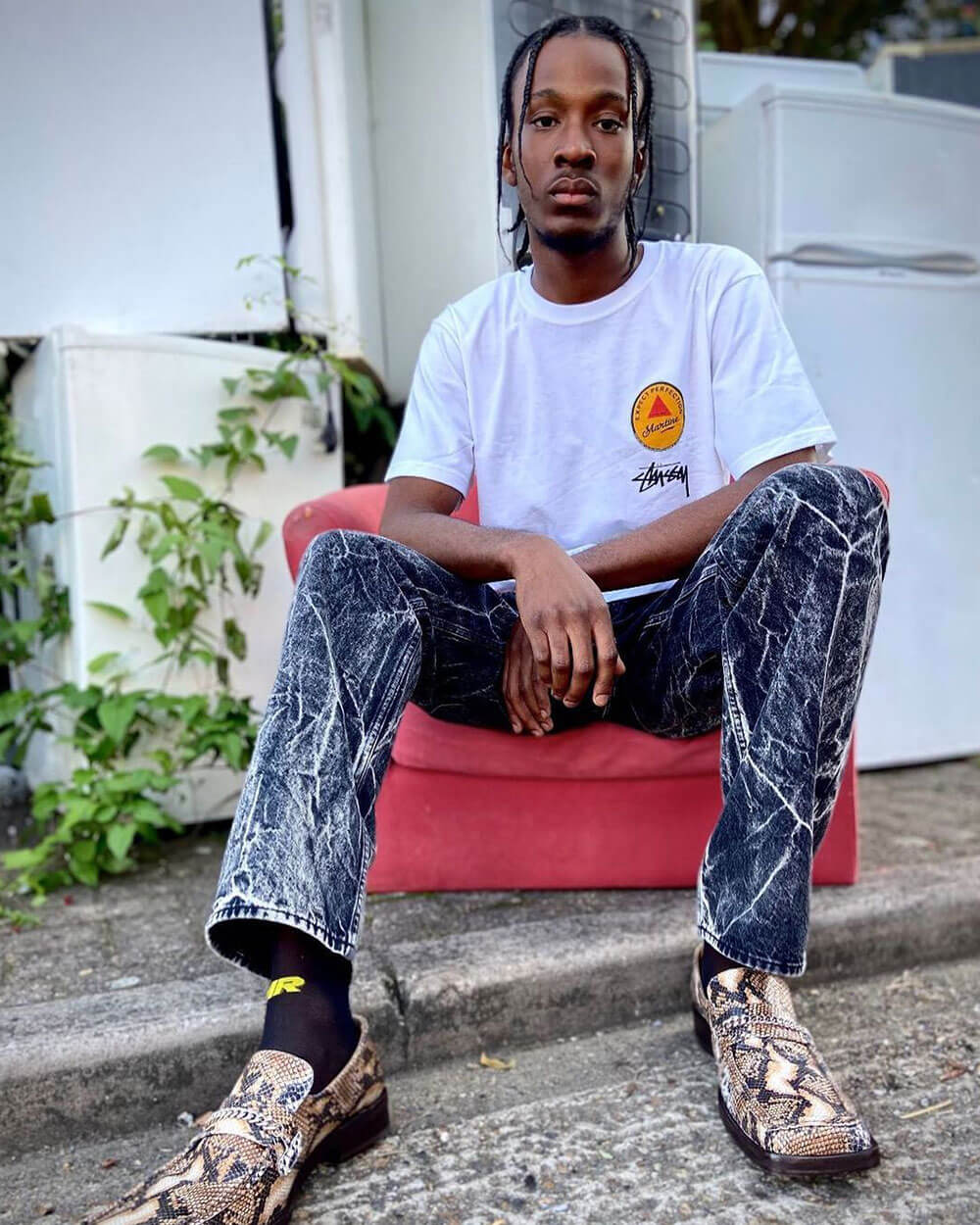
Streetwear is a way of dressing that mixes clothes, footwear, and accessories from consecrated fashion styles like Preppy, Punk, Hip-hop, Goth, or Bohemian, with athleisure or military attire to protest or express personal beliefs, group affiliations, and unique values.
This versatile style can range from graphic tees and oversized hoodies to designer sweatpants and even bold outerwear.
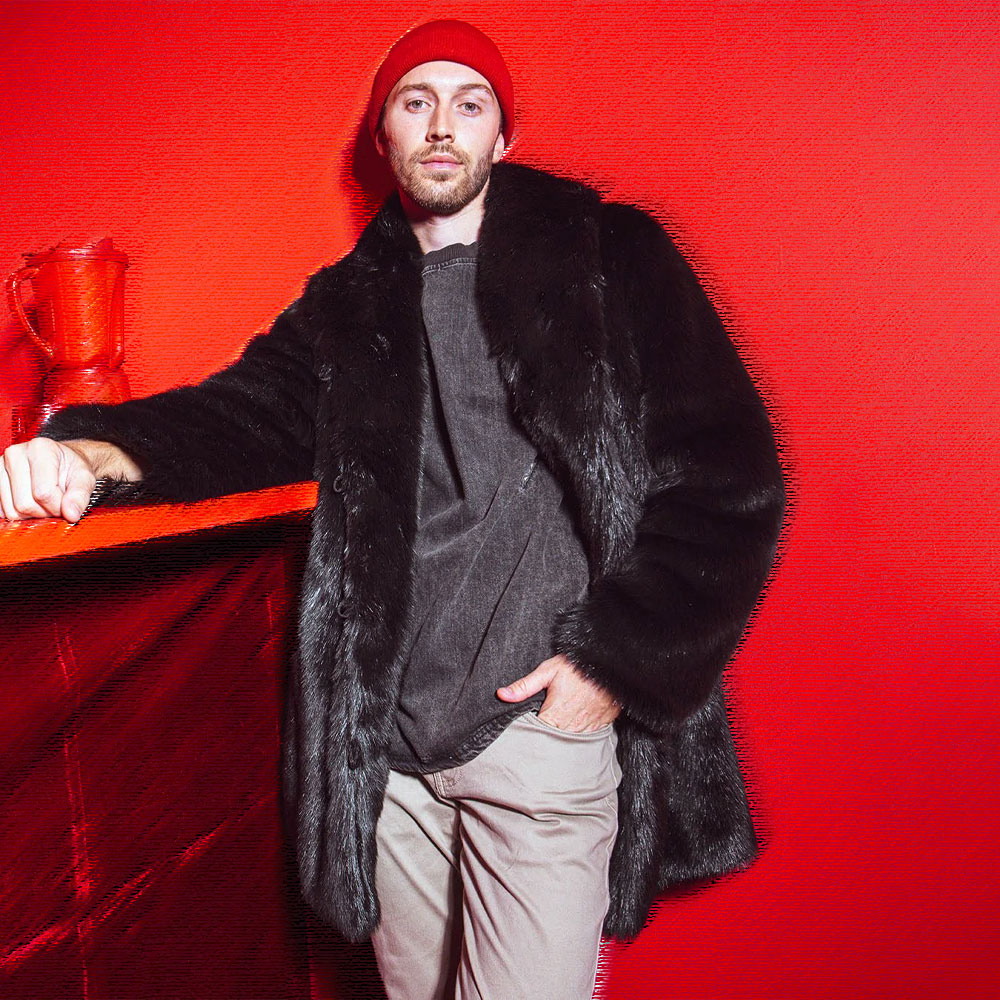
For those looking to elevate their streetwear game, the SpiritHoods men’s collection offers a range of men’s faux fur coats, bomber jackets, hoodies, and designer sweatpants- perfect for those who want to make a statement without sacrificing comfort.
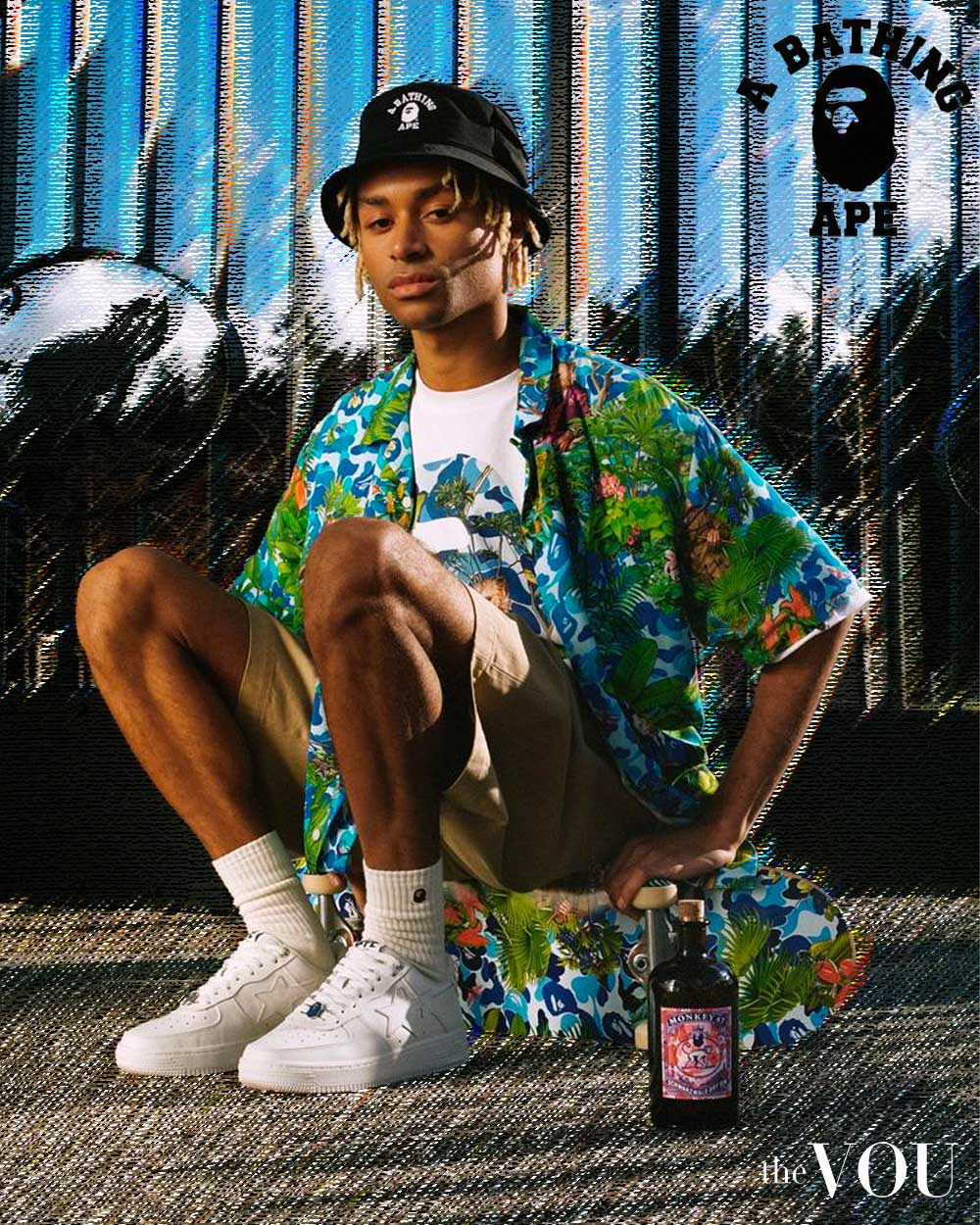
Wrongly described as a fashion style, Streetwear is a personal way of dressing that has stylistic and aesthetic roots in several urban subcultures, such as skateboarding, hip-hop, punk, rock, preppy, goth, and their specific fashion styles.
Compared to the distinctive aesthetics, patterns, motifs, colours, shapes, and fabrics characteristic of an established subculture – for example, Preppy style outfits express the essence of the Preppy subculture – Streetwear is a blend of multiple styles and trends.
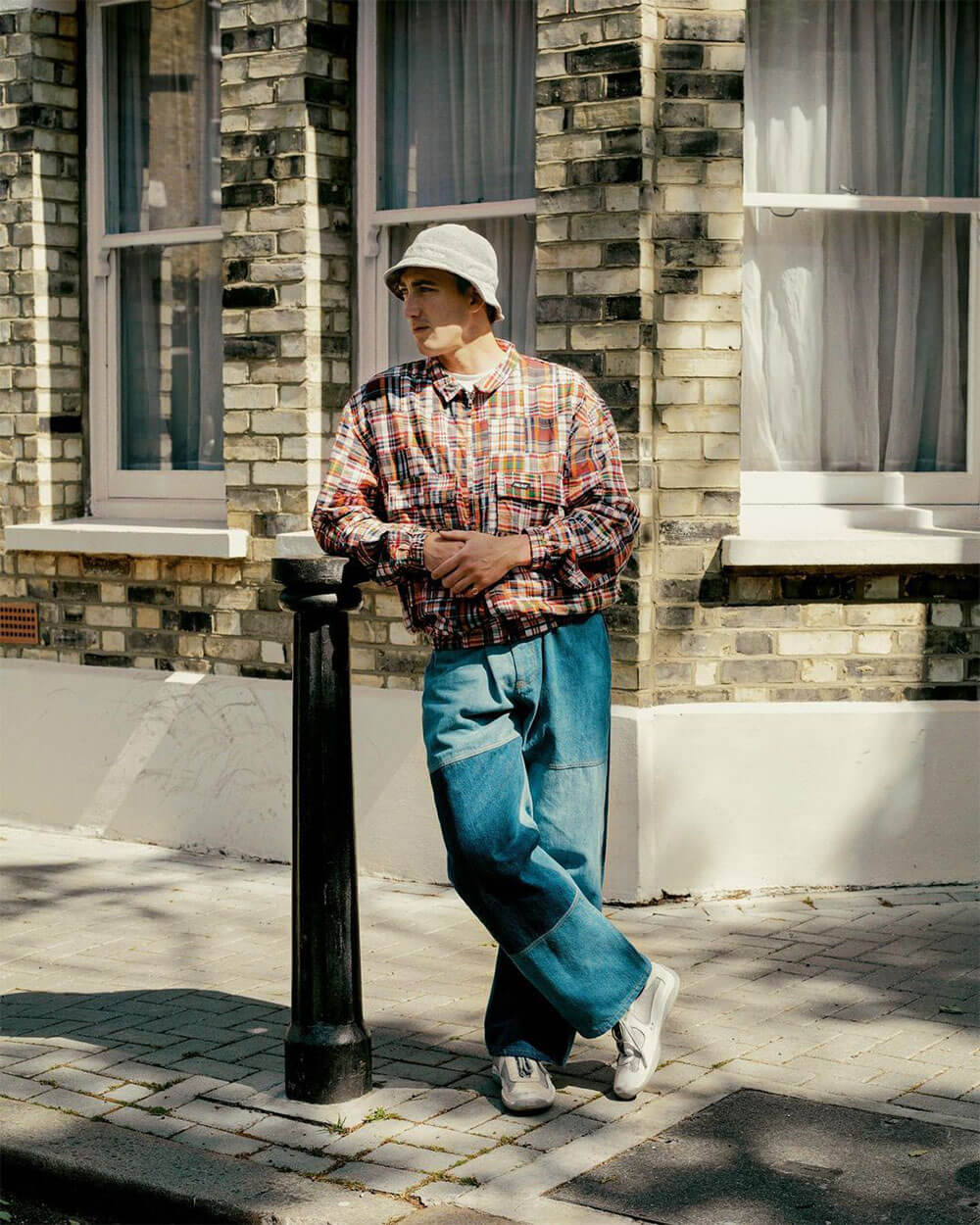
Streetwear’s hybrid of dressing depicts a unique fusion of high and low fashion styles, evidenced by the mix of Burberry coats with hip-hop hoodies or the blend of high fashion brand logos with skateboarding clothing. [2]
While the streetwear way of dressing is unique and depends on one’s personal preferences, location matters a lot.
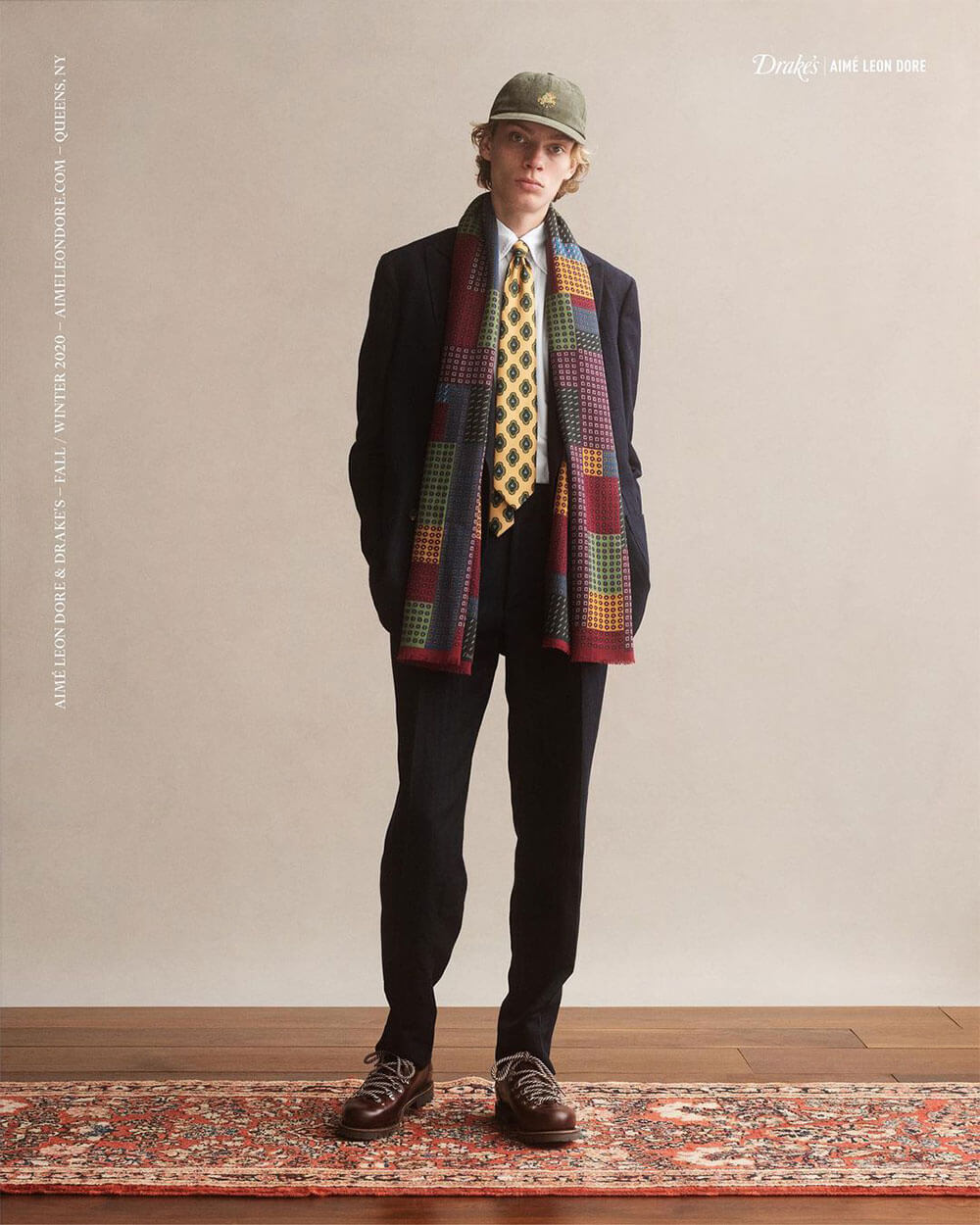
Streetwear is influenced by various urban regions worldwide and their unique subcultures, such as Harajuku’s Kawaii in Tokyo, Japan, London’s Sloane Ranger and Punk subculture, K-pop in South Korea, or the American Preppy style.
And, despite the geographical and cultural differences, as Streetwear is not a historical but a personal fashion style, there’s no right or wrong way of wearing streetwear.
Streetwear History
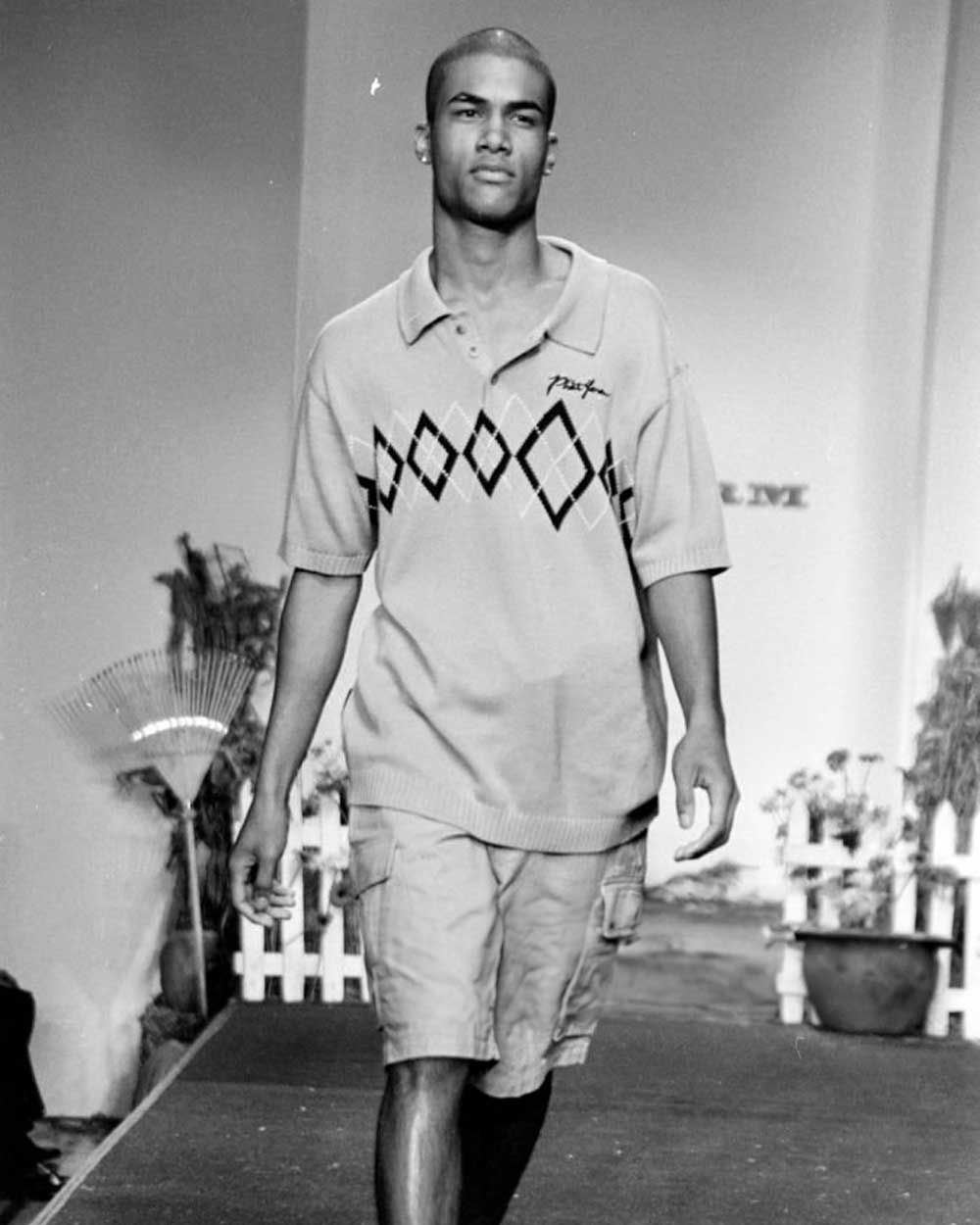
The Streetwear way of dressing emerged in the 1980s as young fashionistas living in urban areas and belonging to subculture groups like skaters and hip-hop decided to ignore dress codes and dress according to their own “street rules.”
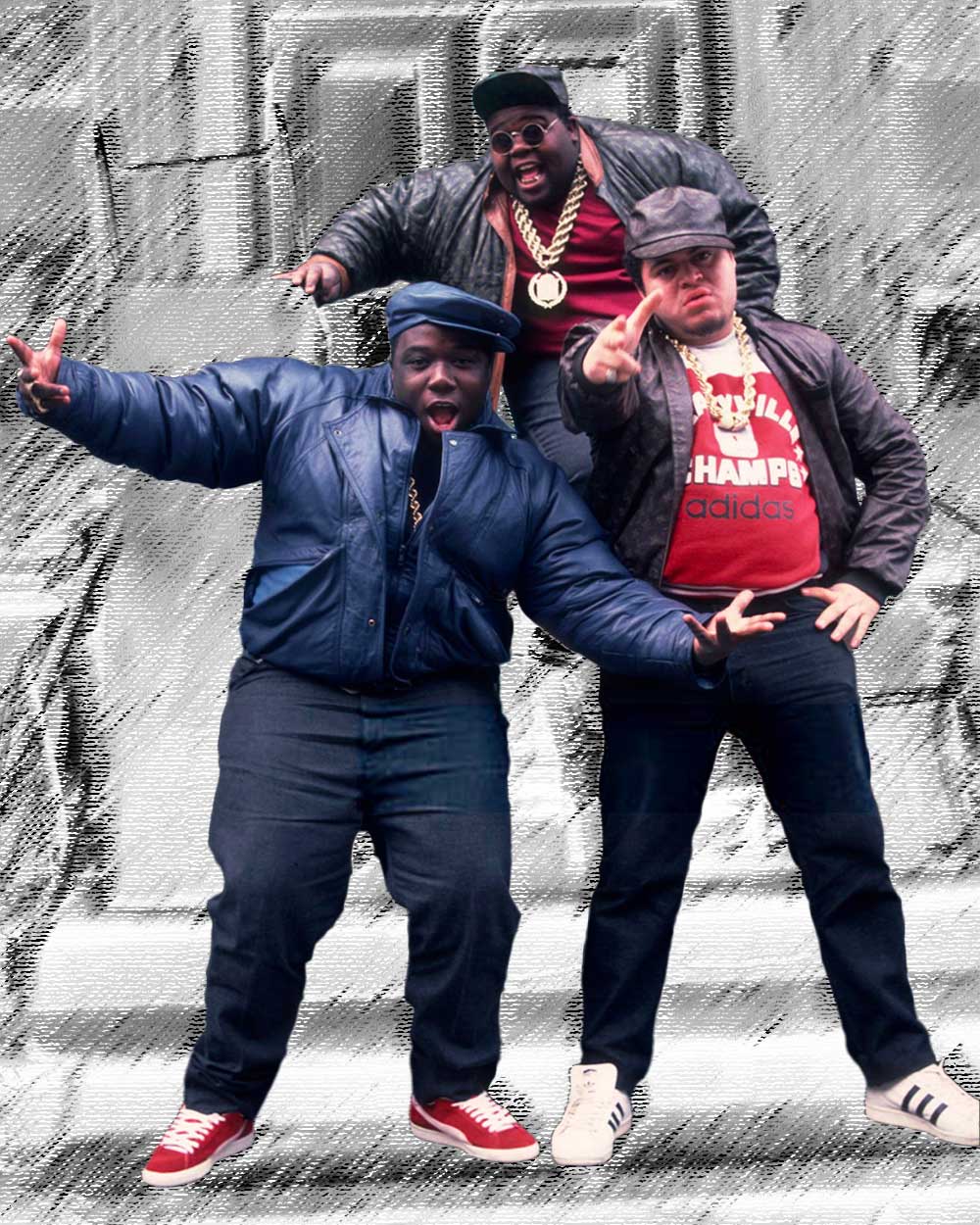
The Streetwear movement emerged simultaneously in several capital cities, such as New York, London, and Tokyo, each with unique blends of local aesthetics, colours, motifs, and trends reflected in their choice of outfits, footwear, accessories, and brands.
New York’s streetwear looks were heavily influenced by the blossoming hip-hop subculture, hence the oversized garments and heavy jewellery.
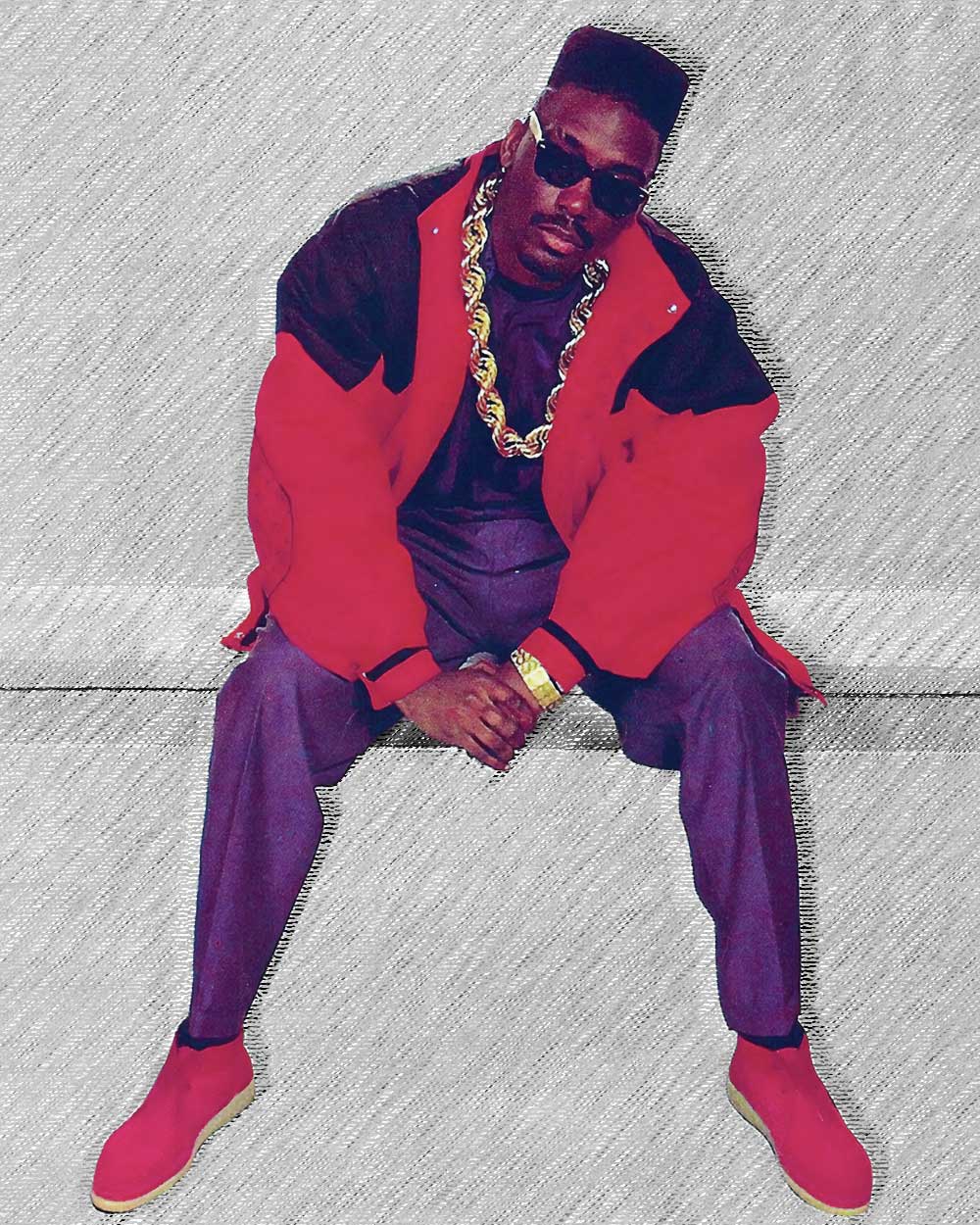
On the other hand, the punk subculture influenced London’s streetwear scene, whose raw energy and unique fashion style were reflected in the era’s rebellious graphics and edgy accessories.
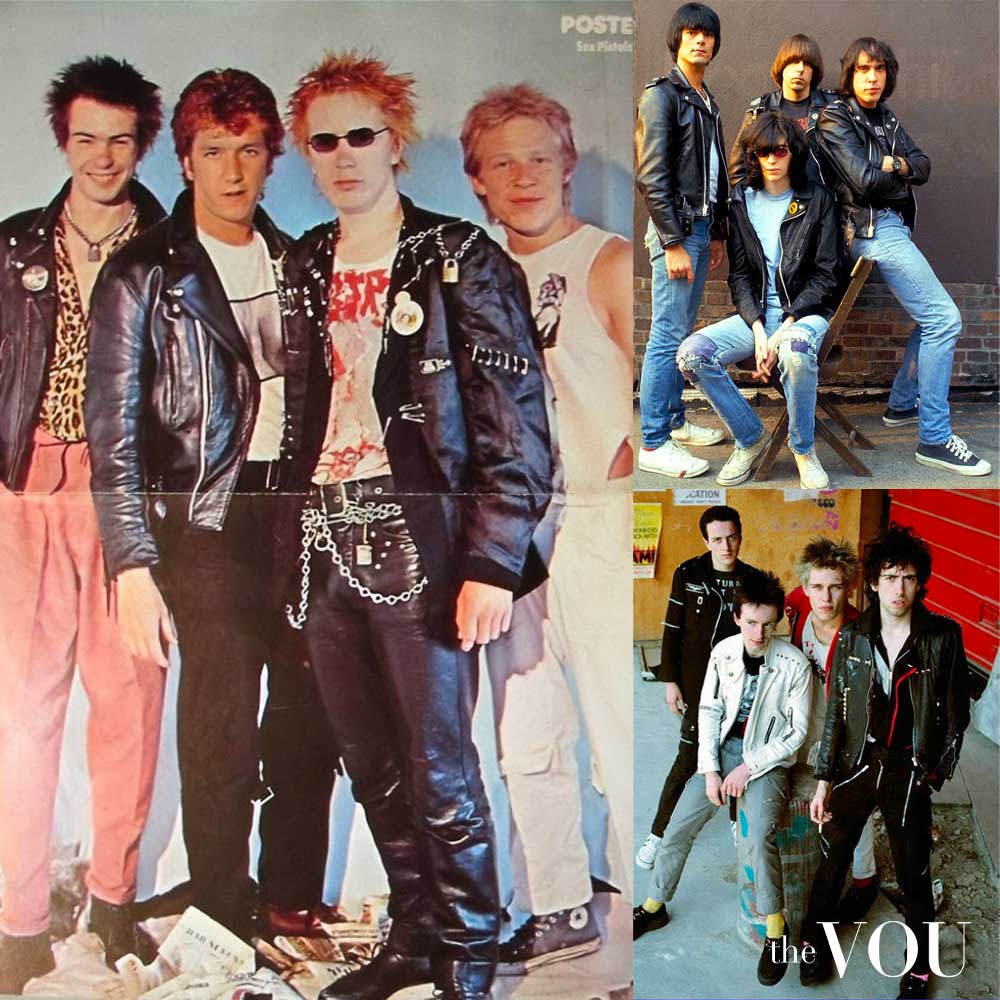
At the same time, Tokyo’s version leaned into the kawaii culture, incorporating playful motifs and colours into Streetwear outfits. [3]
With the help of rappers like Jay-Z, Snoop Dog, and Biggie and athletes like Michael Jordan, athletic-inspired, laid-back streetwear looks began to gain global traction in the 90s.
Nowadays, the streetwear customer base is diverse, spanning every economic and social status and covering the world’s biggest cities.
Moreover, in recent years, streetwear has influenced and been influenced by high-end fashion.
Valued at 334 billion dollars in 2021 by the Business of Fashion, streetwear is also the fastest-growing fashion segment.
Who Invented Streetwear?
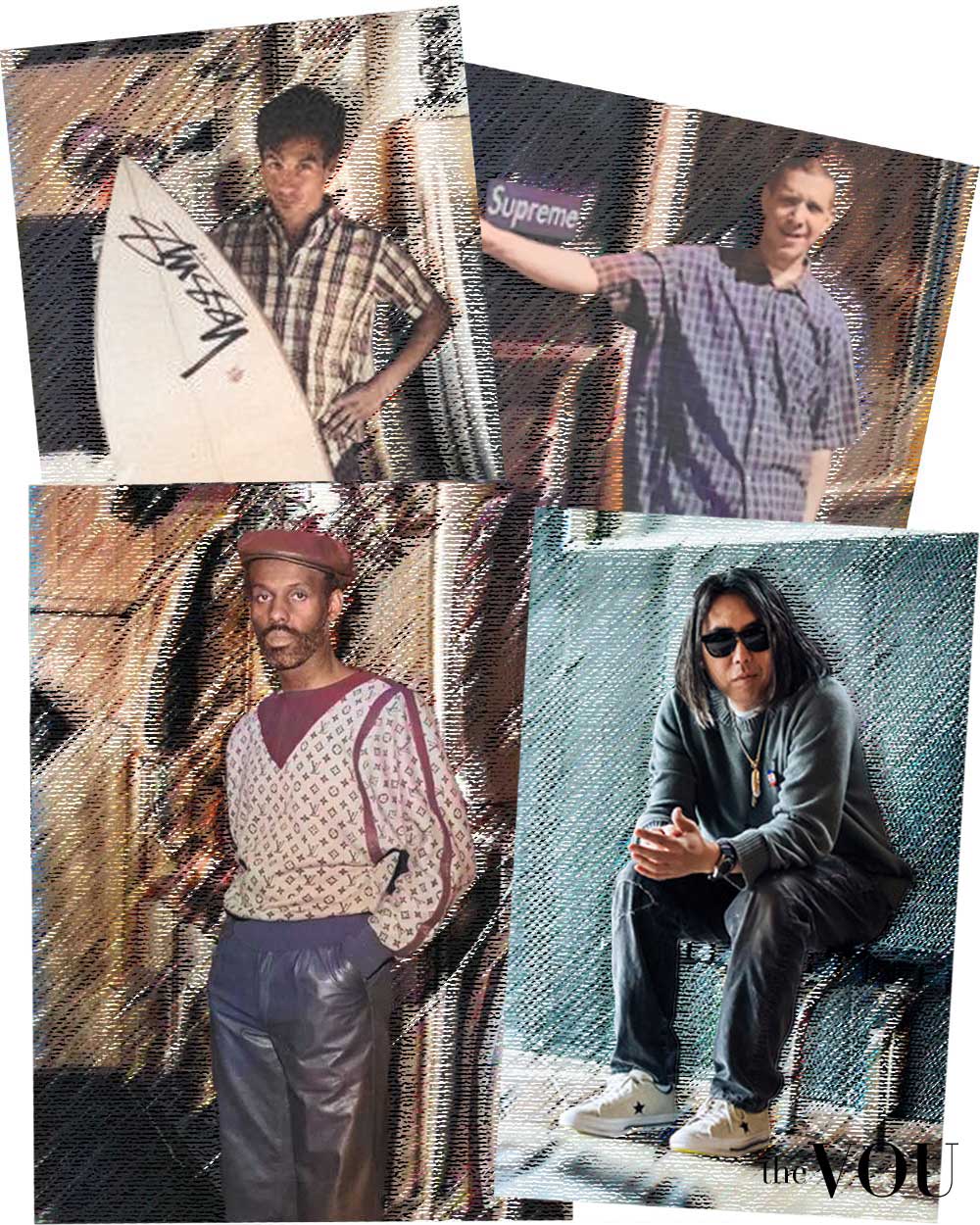
Pinpointing the first streetwear designer or fashionista is an impossible task but there are a few streetwear pioneers worth mentioning:
James Jebbia – founder and owner of streetwear brand Supreme.
Shawn Stussy – founder and owner of California streetwear label Stussy.
Dapper Dan – a luxury streetwear designer from Harlem known for his excellent street-style apparel for hip-hop artists and influential people of colour.
Hiroshi Fujiwara – the godfather of Ura-Harajuku fashion style and globally recognised streetwear designer.
Why is Streetwear So Popular?
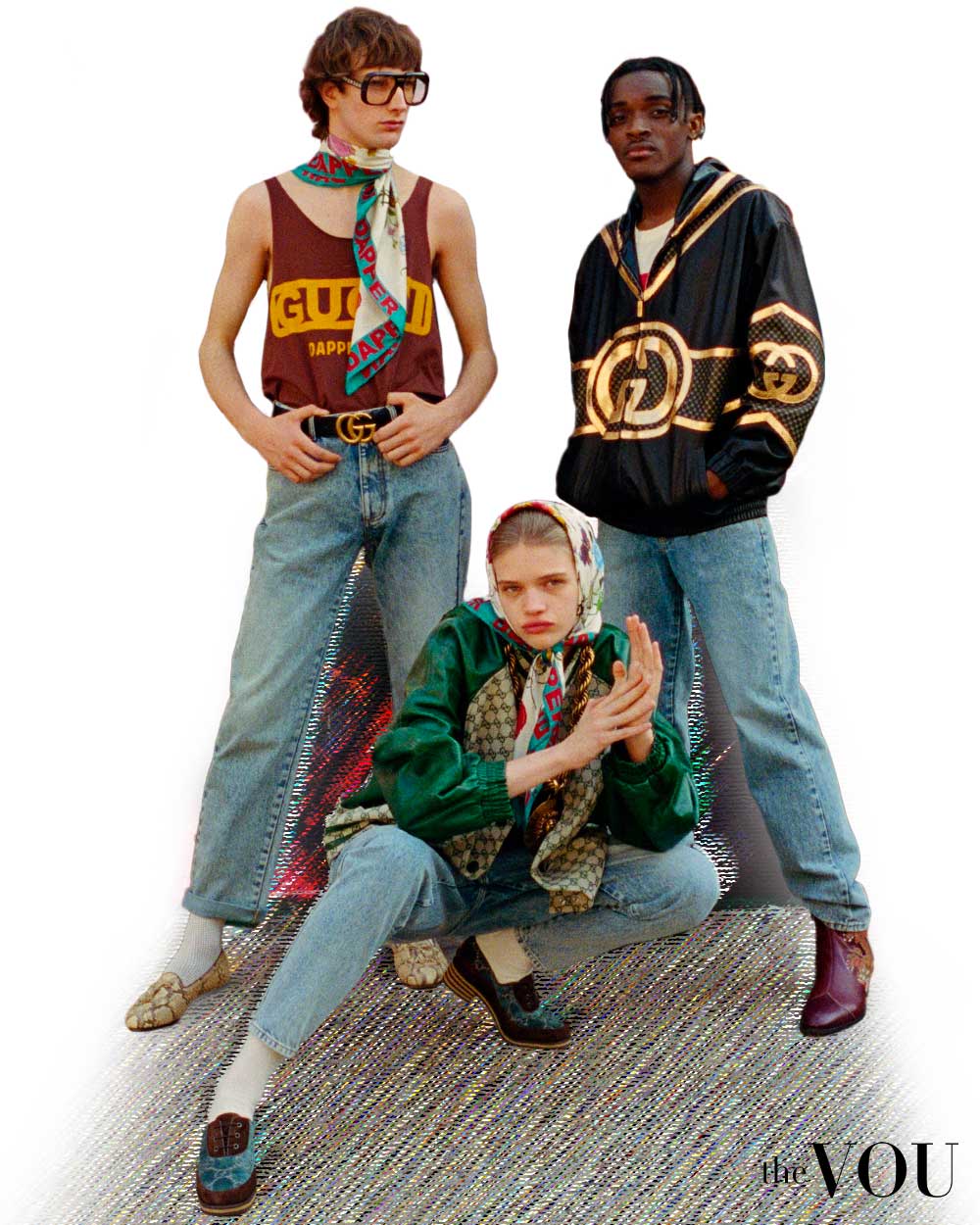
As Hip-hop grew in popularity in the 2020s, streetwear fashion became the go-to way of dressing for teenagers and young adults.
The digital revolution and social media empowered urban culture and allowed streetwear influencers to dictate in advance what goes on the runway, what’s trendy, and how to wear it.
With hundreds of millions of streetwear lovers posting, liking, sharing, and re-sharing outfits, the streetwear movement can determine the next fashion trends.
Streetwear Fashion on the Runway
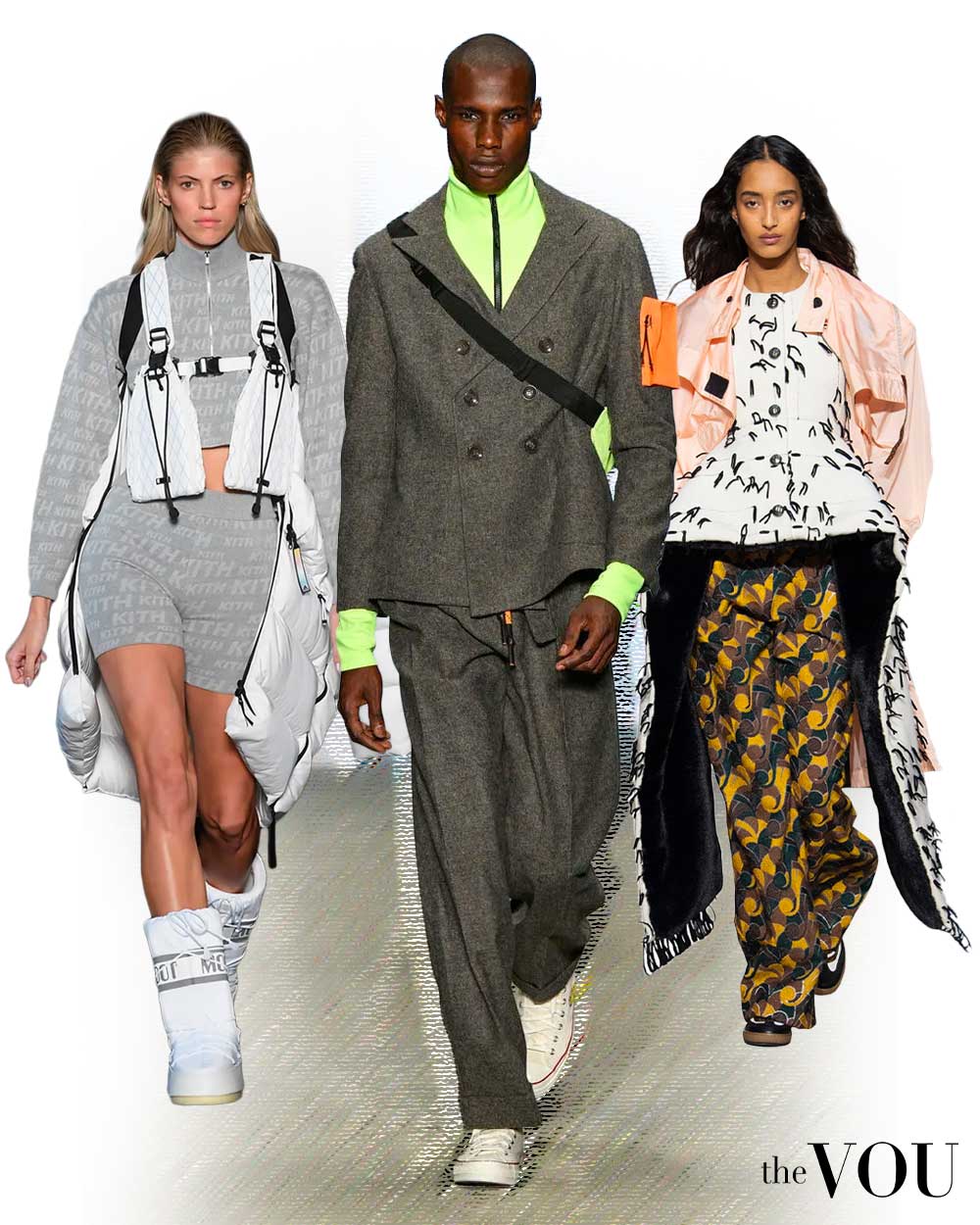
Initially, fashion stylists ignored streetwear as a tasteless way of dressing with no aesthetic roots.
However, streetwear looks were taking over celebrities, musicians, actors, and high-status individuals; stylists started to embrace the movement and even create streetwear outfit ideas based on fashion styles with related aesthetics.
As a result, streetwear has become the new status symbol.
Moreover, renowned fashion designers have started incorporating streetwear into their collections, parading the latest looks at fashion weeks.
The emergence of luxury streetwear (creations of high-end fashion houses like Gucci and Balenciaga) highlights streetwear’s complex role in the current cultural and stylistic climate.
Moreover, the advent of designer brands in streetwear infuses the “street looks” with symbols of social status reflecting social status, income, and personal values.
Is Streetwear Pop Culture?
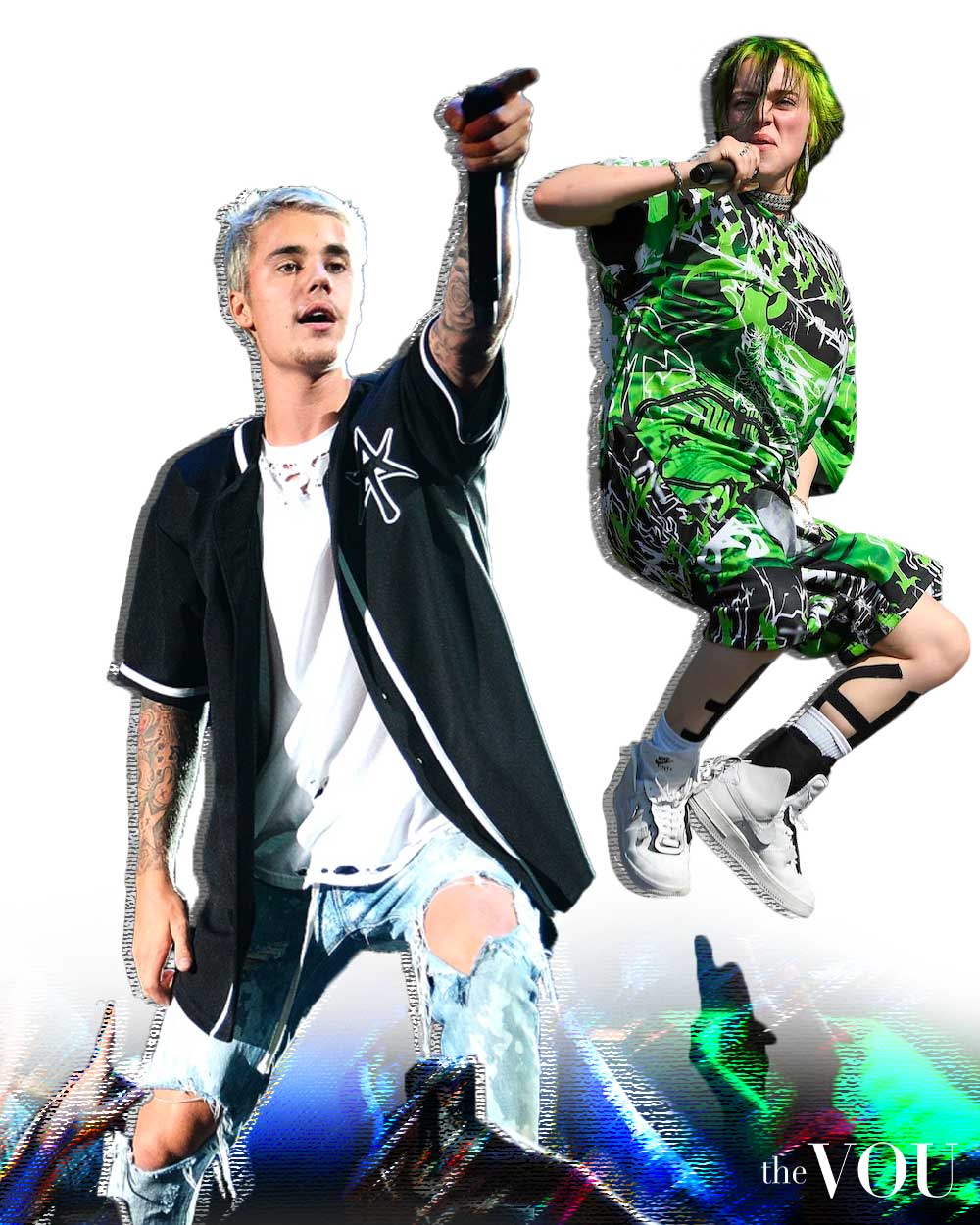
In simple terms, the streetwear way of dressing is a blend of the world’s latest fashion trends with constant movements in the pop and cultural landscapes.
People who wear streetwear change, and in return, street fashion shapes, morphs, and adapts to these changes.
Unlike traditional fashion styles rooted in clear aesthetics belonging to well-defined subcultures, streetwear depicts everything and belongs to everyone.
Streetwear is highly adaptable, gender-neutral, size-inclusive, and made by people for people, regardless of their age, nationality, sex, or skin colour.
Historically, hip-hop music and subculture have predominantly influenced the streetwear way of dressing.
Rappers’ 80s hip-hop style of tracksuits and white sneakers assorted with bucket hats and gold chains became significant trends in the 90s – still present in some forms of streetwear.
Nowadays, the streetwear way of dressing draws inspiration from all kinds of subcultures like Goth, Preppy, Punk, fashion trends, and even music styles, such as African beats and K-pop.
Who Wears Streetwear?
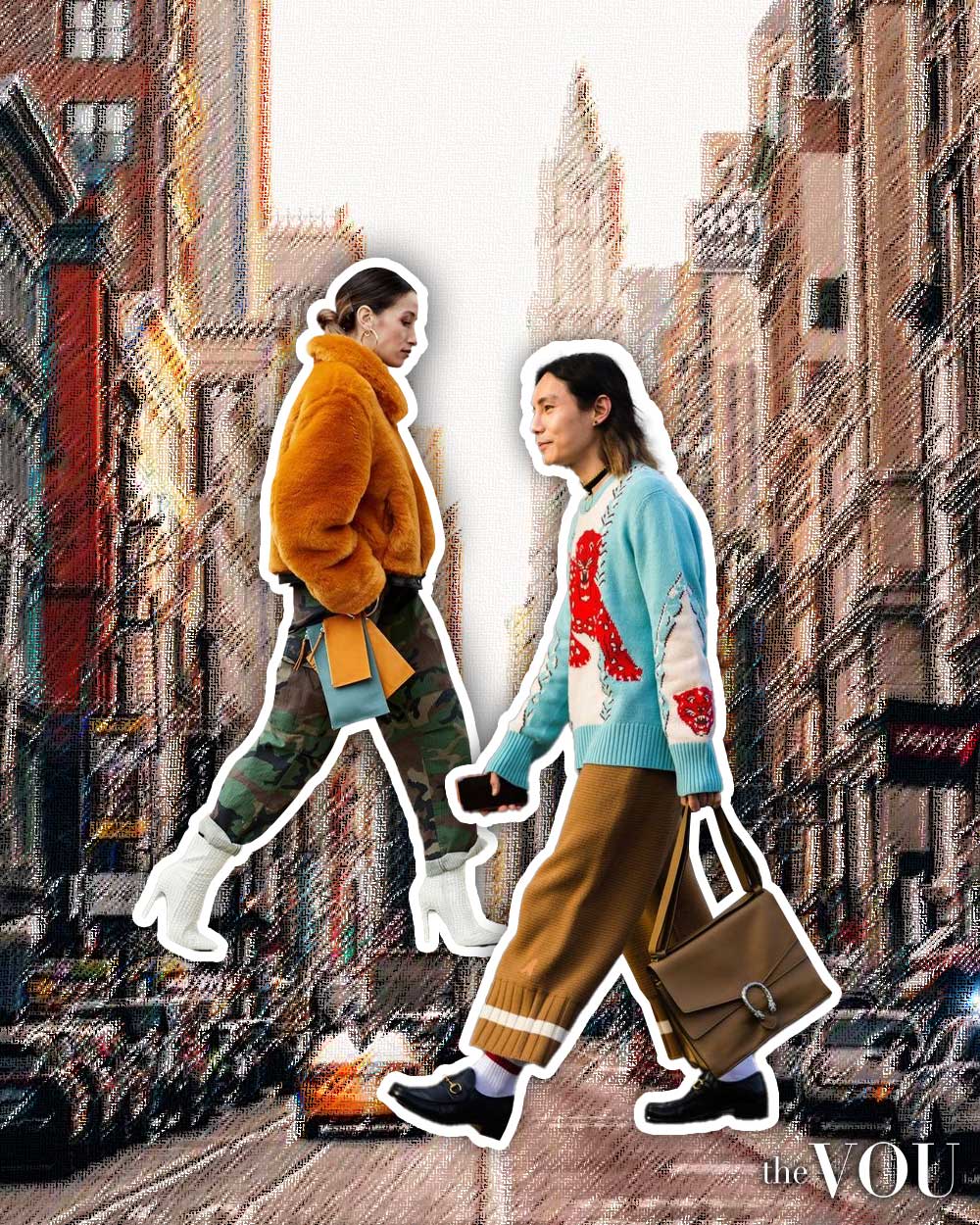
Streetwear caters to a broad demographic spanning every economic and social status and covering the world’s biggest cities, from disenfranchised urban youths to wealthy celebrities.
The cultural codes embedded in clothes and accessories used to assemble unique Streetwear outfits allow wearers from different social and economic backgrounds to express individuality or belonging to specific subcultures. [4]
The 4 Types of Streetwear
The “streetwear” way of dressing can be subcategorised into 4 main types:
- Original Streetwear
- Athleisure Streetwear
- High-end Streetwear
- Modern Streetwear
Each streetwear category is built around different fashion styles and their aesthetics.
Below, we’ll break down each category and the best streetwear names.
1. Original Streetwear
Original streetwear is the maker of the whole way of dressing and cultural movement.
Known as the O.G.’s of streetwear style, these are the most popular brands in this category: Supreme, Stussy, Palace, B.A.P.E., and Kith.
With an excellent history and brand recognition, these streetwear brands have medium to high price points and products with high resale value.
Known for releasing small batches and limited editions, these streetwear labels create scarcity and high demand.
2. Athleisure Streetwear
Streetwear and sportswear operate on a common stylistic ground.
That’s because sportswear brands are the foundation of athleisure streetwear outfits.
Most athleticwear brands collaborate with celebrities and influencers to expand beyond sports-related and performance apparel into streetwear.
3. High-end Streetwear
Luxury, designer, or high-end streetwear is a new category of clothing brands dedicated to streetwear clothing and accessories belonging to traditional high-end fashion houses.
Relatively new to the market, these high-end streetwear labels draw inspiration from luxury brands for the super-wealthy class by creating fashion for the new-money fashionistas.
4. Modern Streetwear
Modern streetwear is the latest entrant to the streetwear scene, created by affordable streetwear brands who do not have experience in streetwear but hopped on the trend as it is financially lucrative.
Most of the modern streetwear creations belong to fast-fashion retailers who are replicating high-end luxury streetwear names.
Popular Streetwear Brands
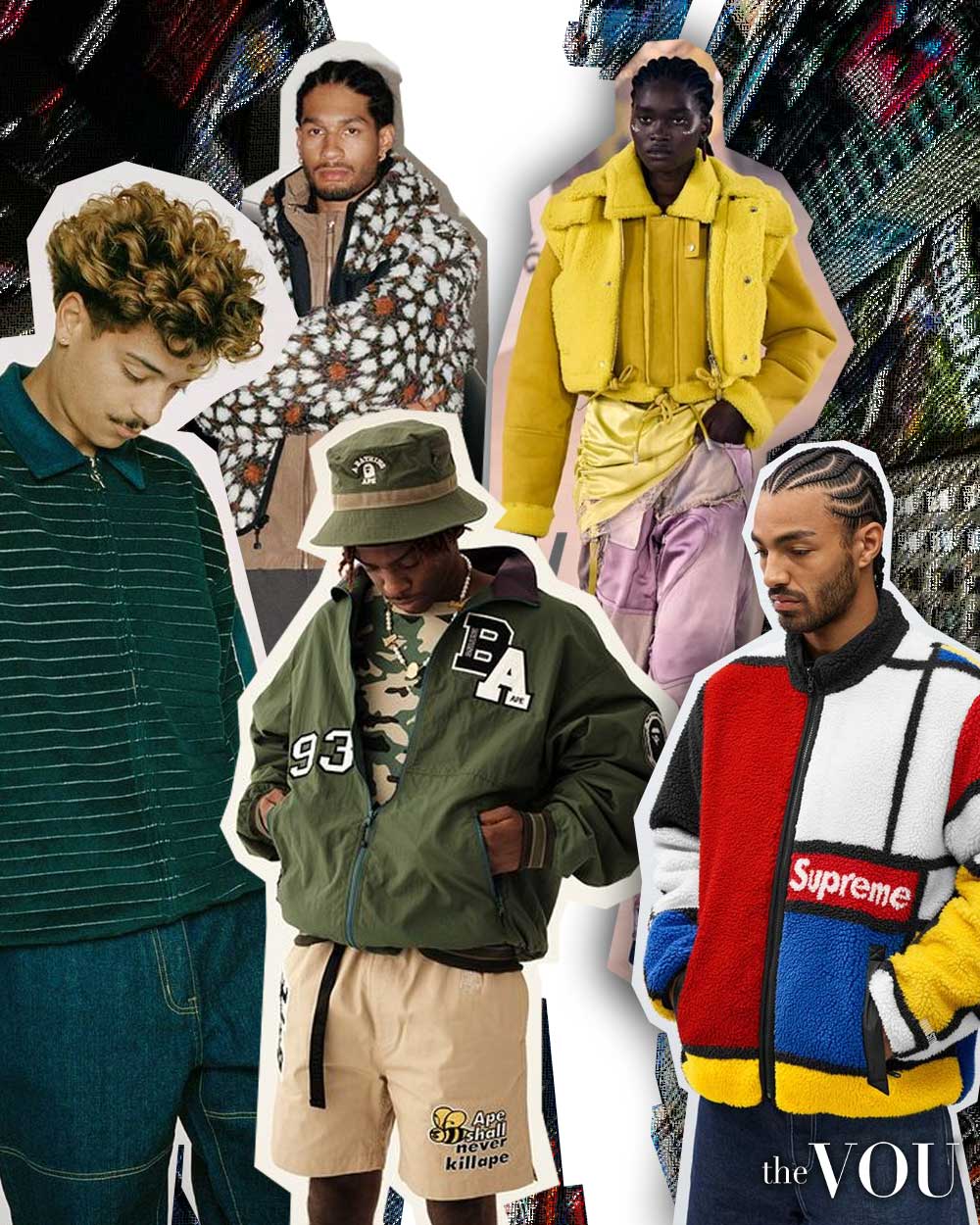
Nowadays, Streetwear clothing is created by fashion designers and brands from all over the world.
However, five clothing brands are leading the pack as dedicated streetwear labels.
From brands like Stüssy and their skateboarding roots to high-fashion brands like Off-White and street-style designer clothes, these are five leading streetwear brands.
- Supreme – With an iconic red box logo and white text, Supreme’s Streetwear creations have a cult-like following.
- Off-White – A creation of fashion designer Virgil Abloh, Off-White blends high fashion with street culture.
- A Bathing Ape (BAPE) – With distinctive camouflage patterns and playful ape logos, BAPE is a leader in streetwear.
- Palace – With roots in London’s skate culture, Palace combines British punk style irreverence with skatewear functionality.
- Stüssy – Another label with skateboarding origins, Stüssy encapsulates the laid-back vibe of Southern California, contributing to Streetwear’s global appeal.
Bibliography
[1] Cova, B., Kozinets, R., & Shankar, A. (2007). Consumer Tribes (1st ed.). Routledge. p. 81.
[2] Blaha, J., (2017). The world according to Virgil Abloh. Elle.
[3] Jones, S., and Lancaster, L. (2021). Kawaii Revolution: Understanding the Japanese Aesthetics of “Cuteness” through Lolita and Madoka Magica. University of South Carolina Upstate Student Research Journal, 2021(14), 6.
[4] Buckingham, D., (2008). Youth, identity, and Digital Media. Cambridge, MA: MIT Press.
After years of managing hundreds of fashion brands from London's office of a global retailer, Mandy has ventured into freelancing. Connected with several fashion retailers and media platforms in the US, Australia, and the UK, Mandy uses her expertise to consult for emerging fashion brands create top-notch content as an editorial strategist for several online publications.


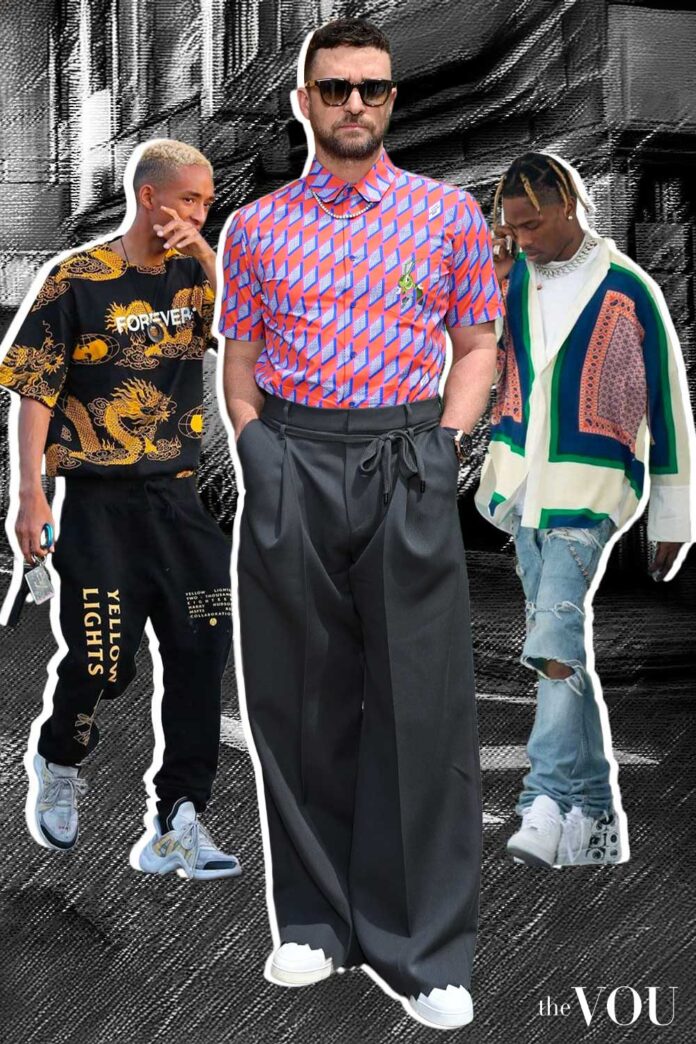
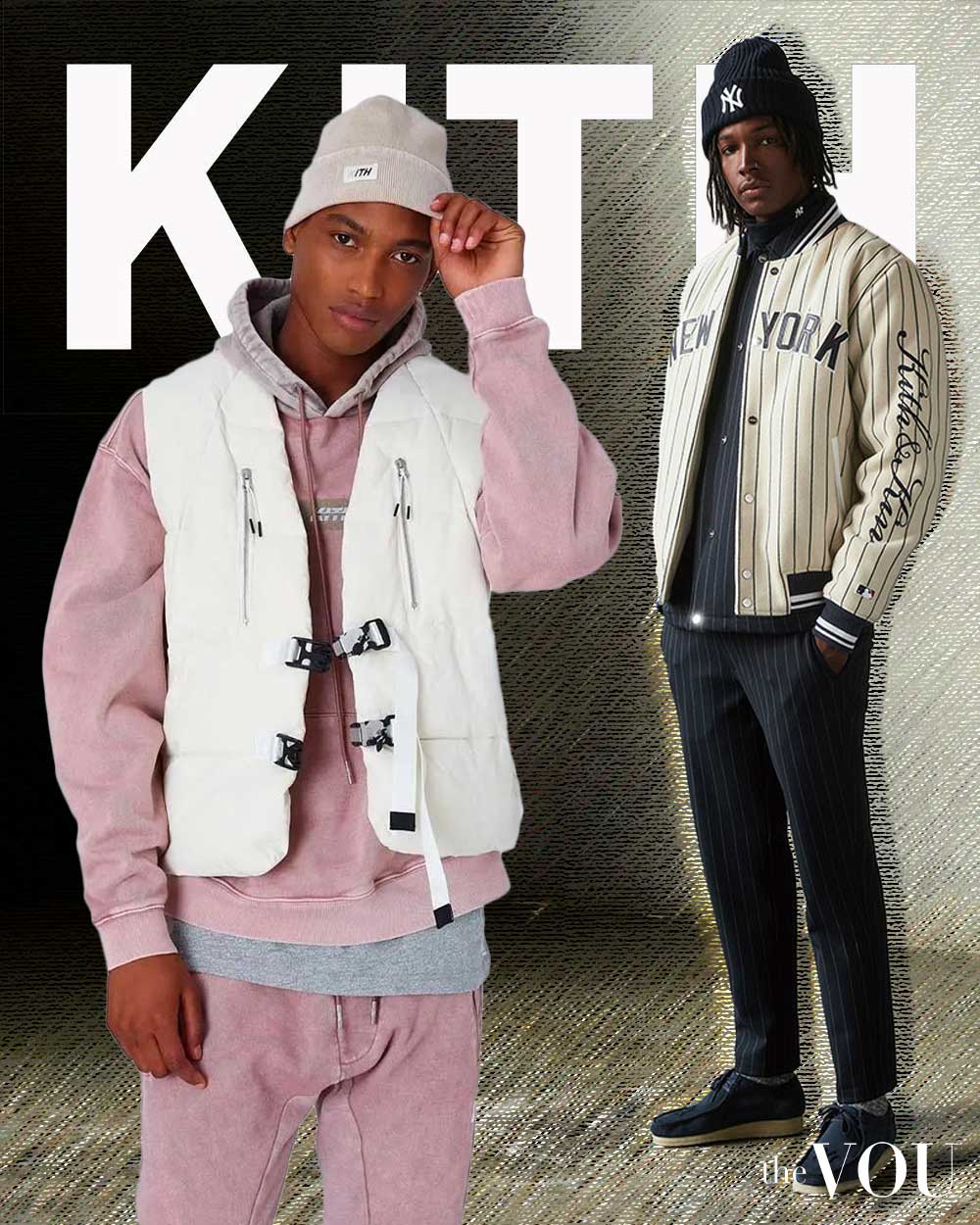
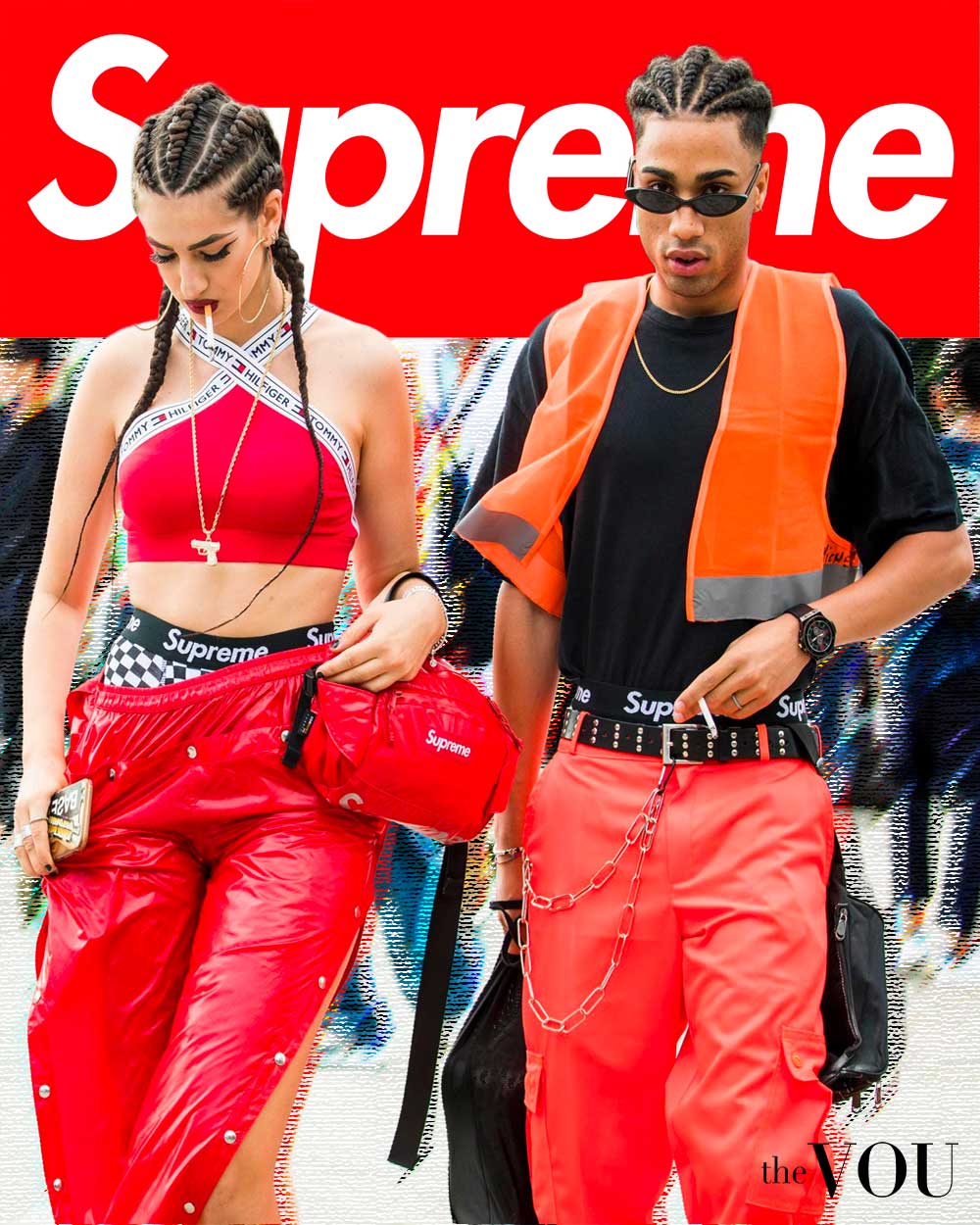

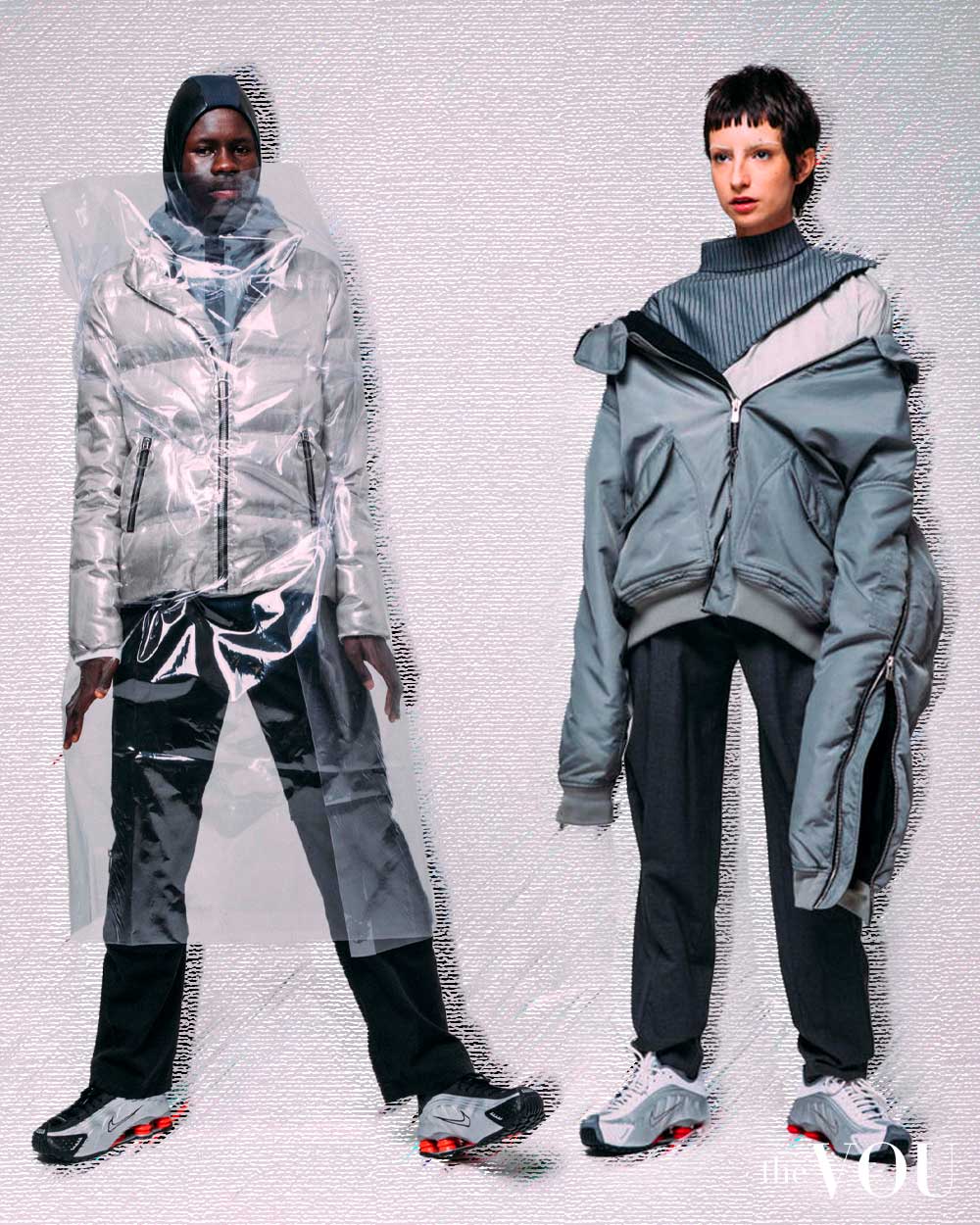

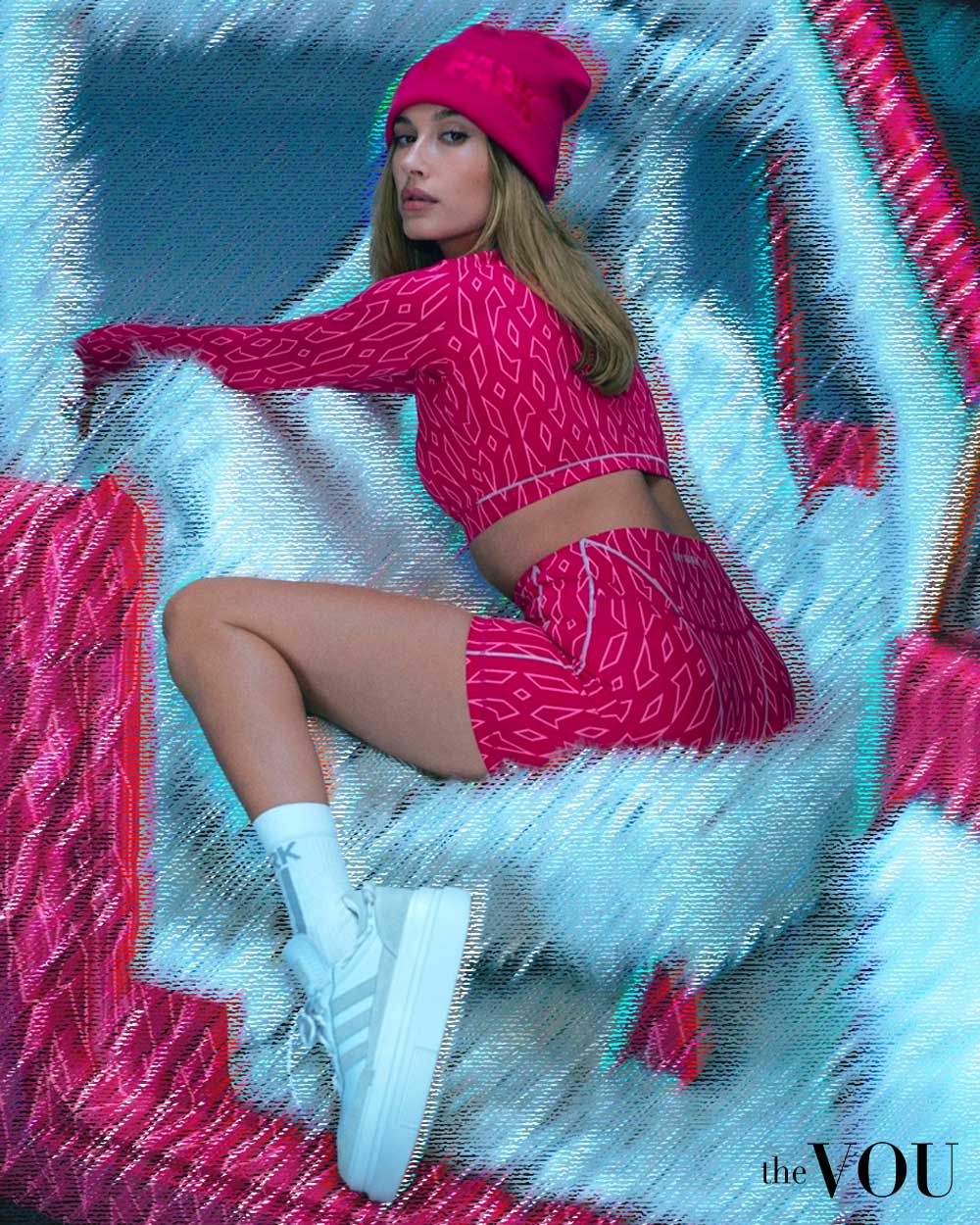
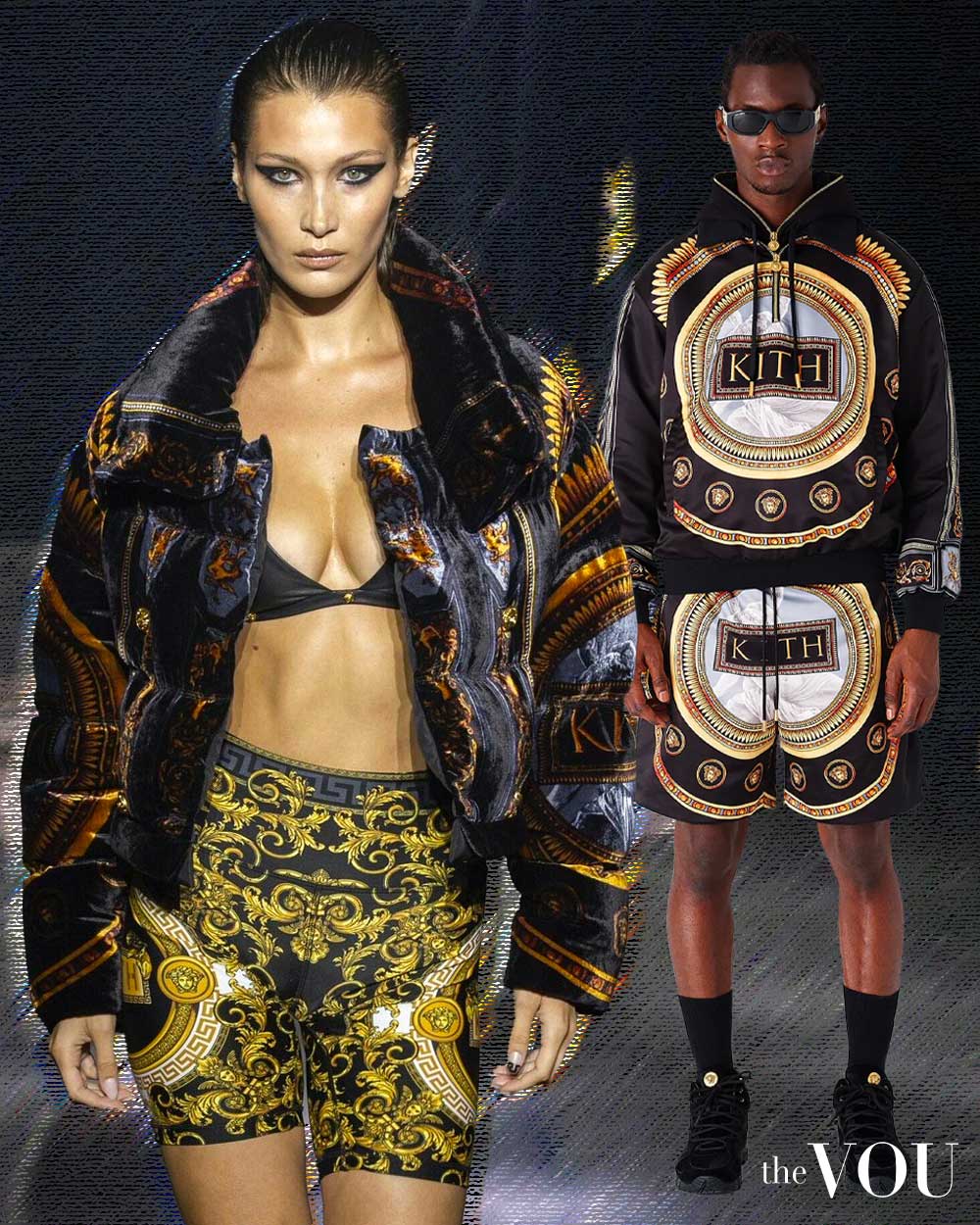
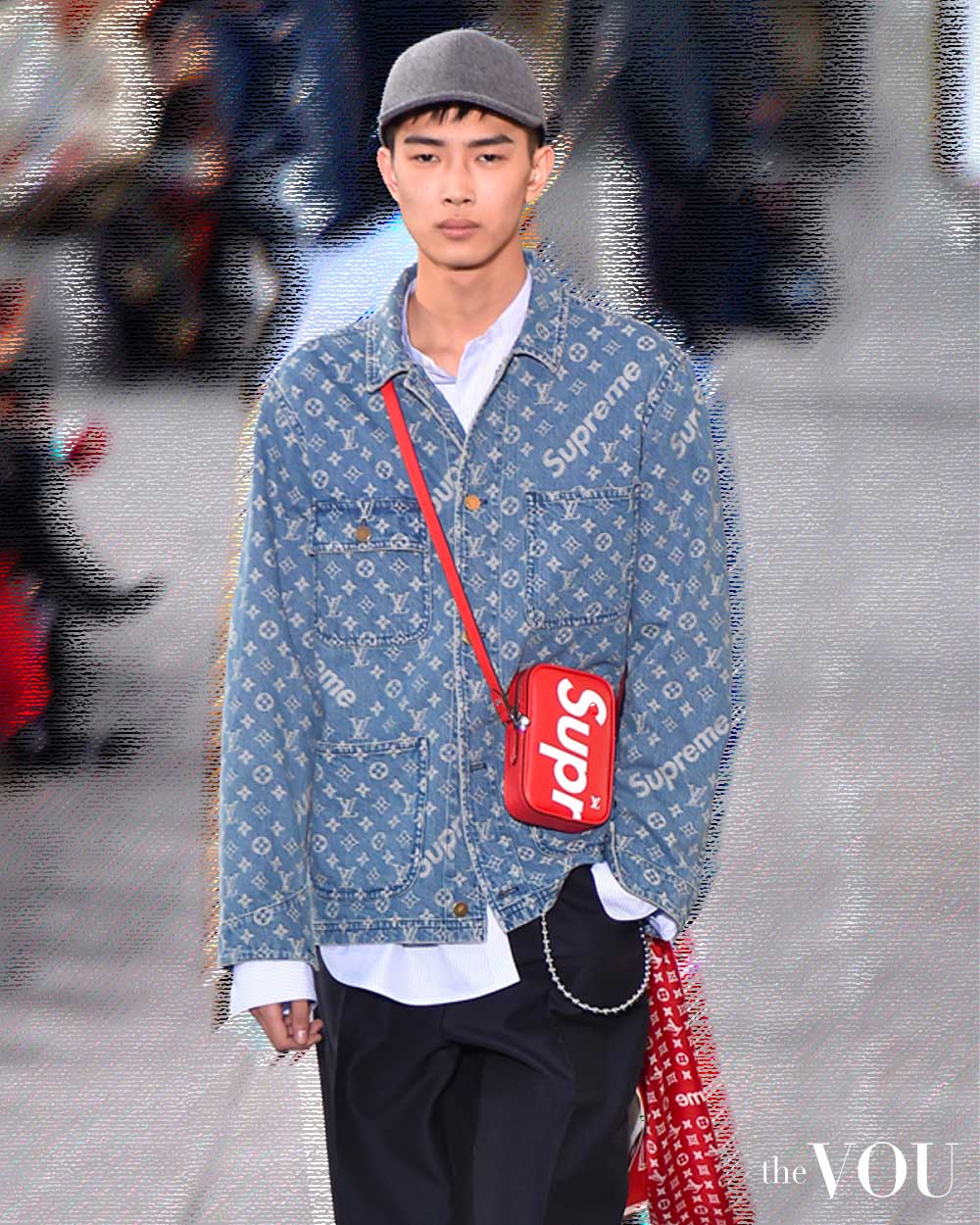
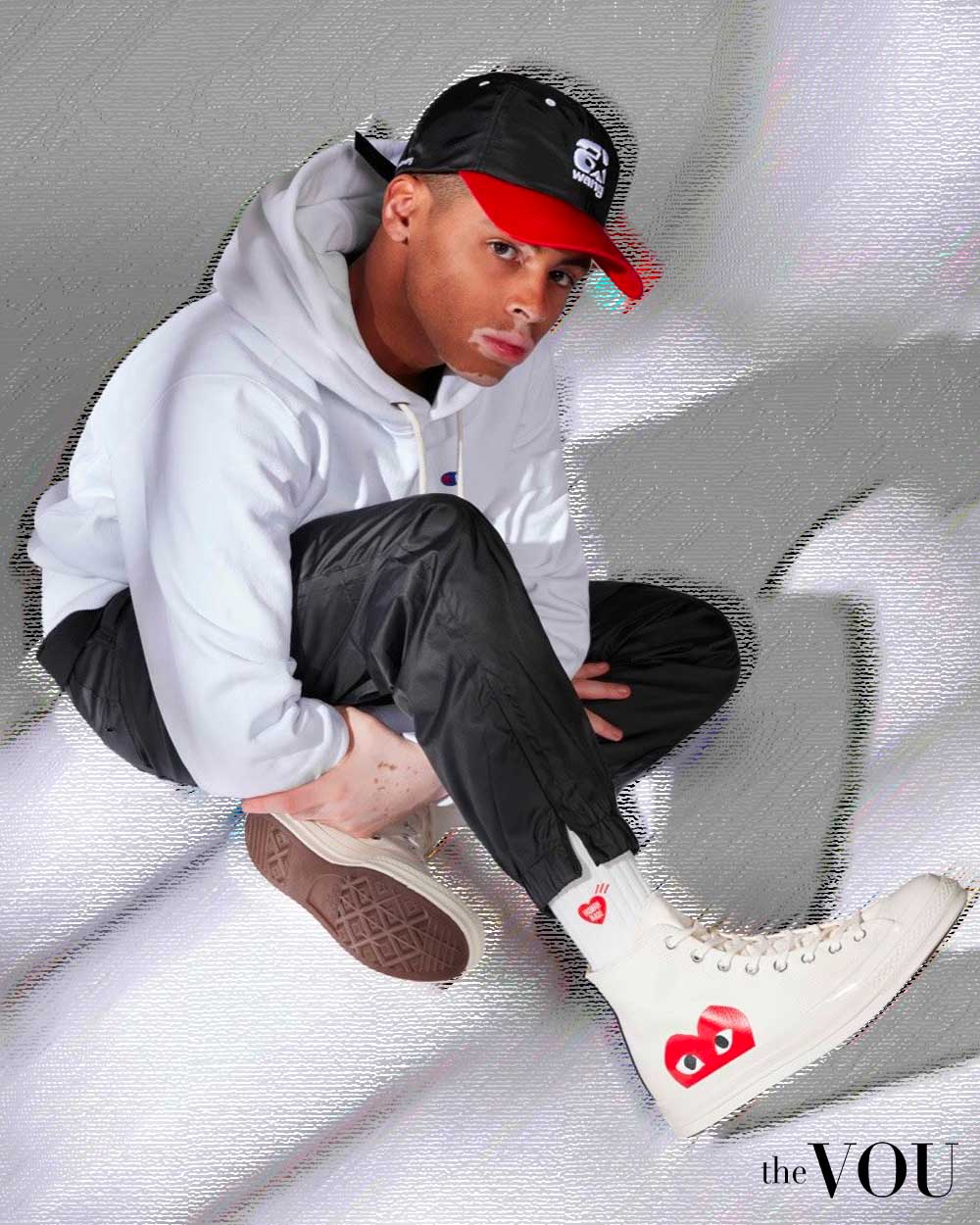


Hello and thanks for the article, I own and manage a street brand and found your information interesting. When you get a chance please check us our at url posted below.
Greetings Vou family, urban or street wear is comfortable wear. I wouldn’t mind sharing some ideas with your brand if possible?
You made a good point that urban streetwear tends to be closely tied to what’s happening in the current pop culture. I’m a big fan of streetwear, it’s comfortable, stylish, and always makes a statement.
Dear Sir, thank you for sharing this with us, I am from Pakistan and we are only now discovering streetwear, the american and european way, thanks to you sir.
Great overview of streetwear! I love how you covered its origins and the evolution of different styles. The insights on popular brands really added to the post. It’s interesting to see how streetwear has become a significant part of fashion culture. Looking forward to more posts like this!
Great post! I loved how you traced the origins of streetwear and highlighted the evolution of its styles. It’s fascinating to see how brands like Supreme and Off-White have influenced culture beyond just fashion. Looking forward to more discussions on the impact of streetwear in the future!
Great article! I love how you broke down the origins of streetwear and highlighted different styles. It’s fascinating to see how it evolved from skate and hip-hop culture into such a major part of fashion. Looking forward to learning more about emerging brands!
This post does a great job of breaking down the origins of streetwear! I had no idea about its ties to skate and hip-hop culture. It’s interesting to see how the styles have evolved over the years. I’m especially drawn to the mix of logos and graphics—it really sets the vibe. Looking forward to trying some of the brands mentioned!
Great post! I love how you highlighted the origins of streetwear and its evolution over the years. It’s fascinating to see how it blends culture, art, and fashion. I’m curious about how newer brands are pushing the boundaries of streetwear today. Would love to see more insights on up-and-coming designers!
Great post! I loved learning about the history of streetwear and how it has evolved over the years. The breakdown of different types and popular brands was especially helpful. I’m excited to explore some of the brands you mentioned!
Such a great overview of streetwear! I love how you covered its origins and highlighted the different styles. It’s interesting to see how brands have evolved over time. Can’t wait to explore more about my favorite streetwear labels!
It was very, very informative and excellent. Thank you very much for this perspective and way of thinking.
I would like you to cover the latest brand streetwear studios that are making statements in 2025 – especially those from middle east and asia!